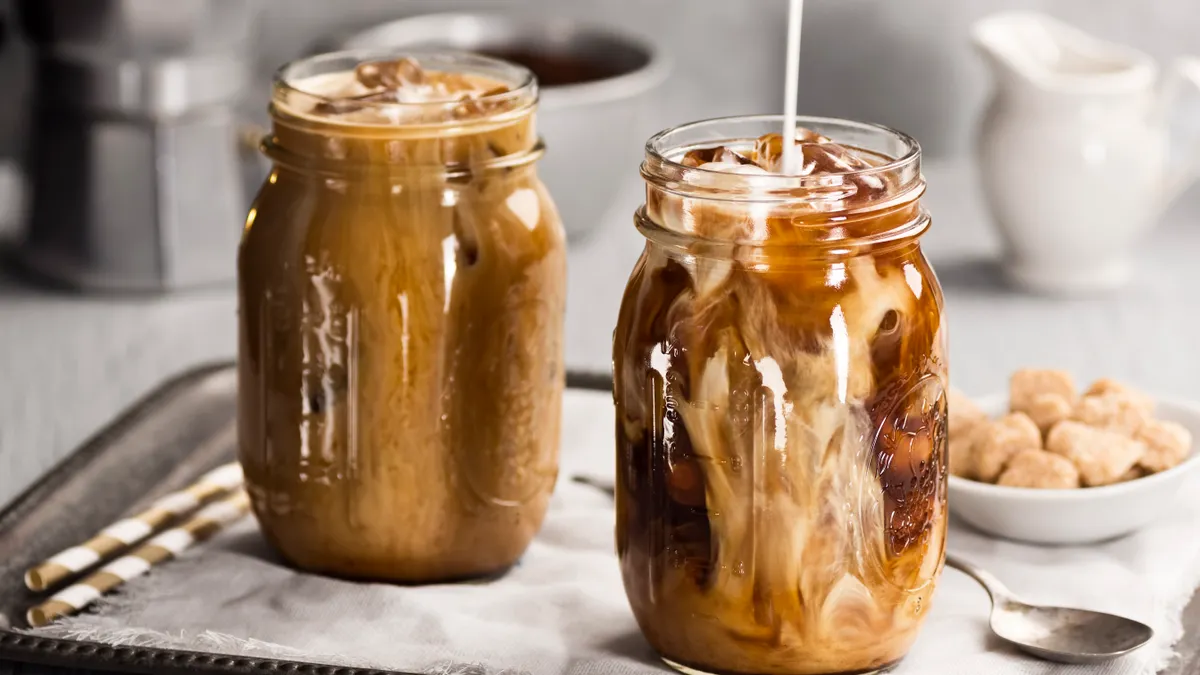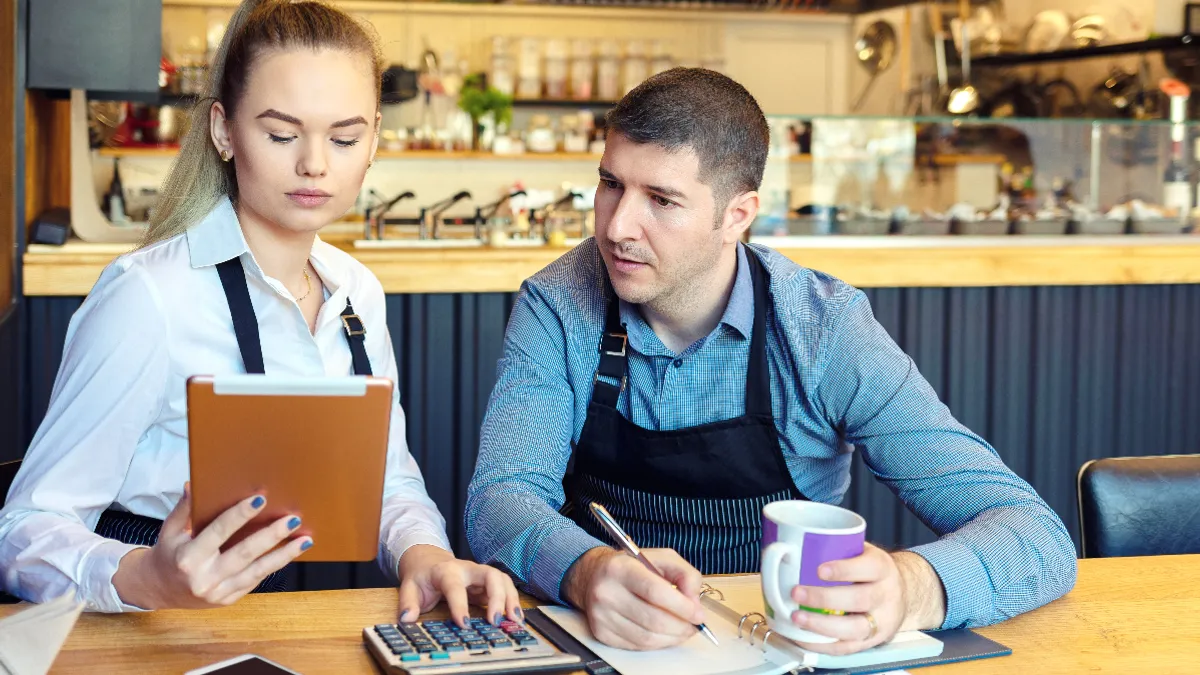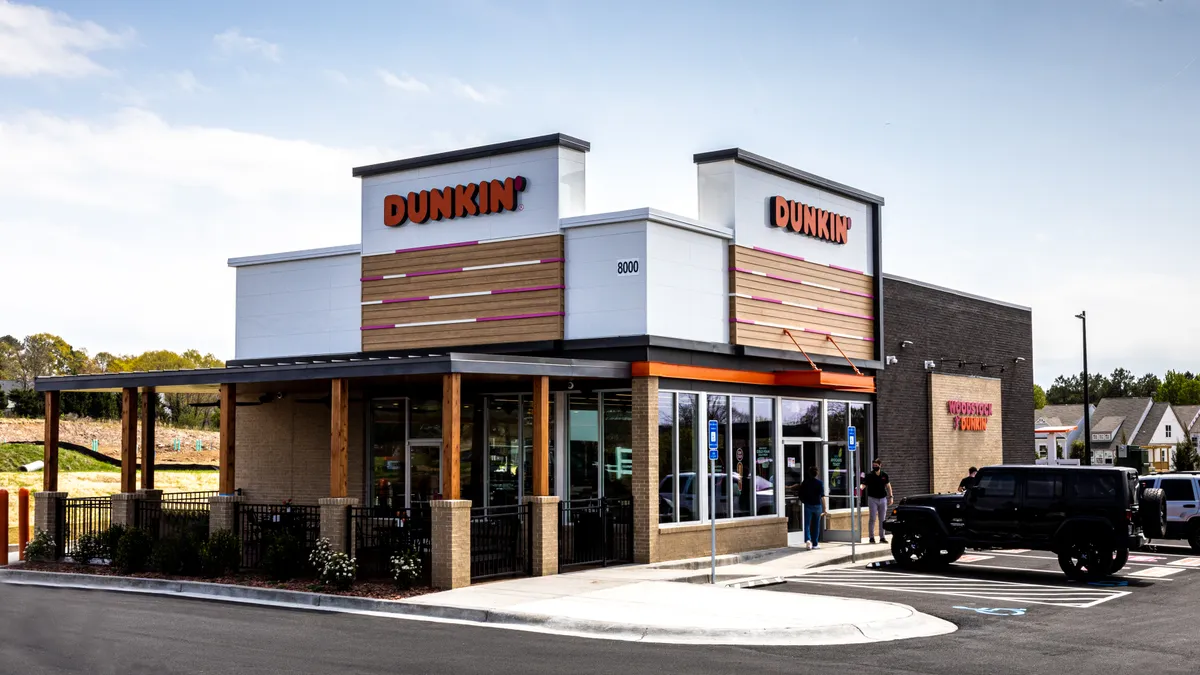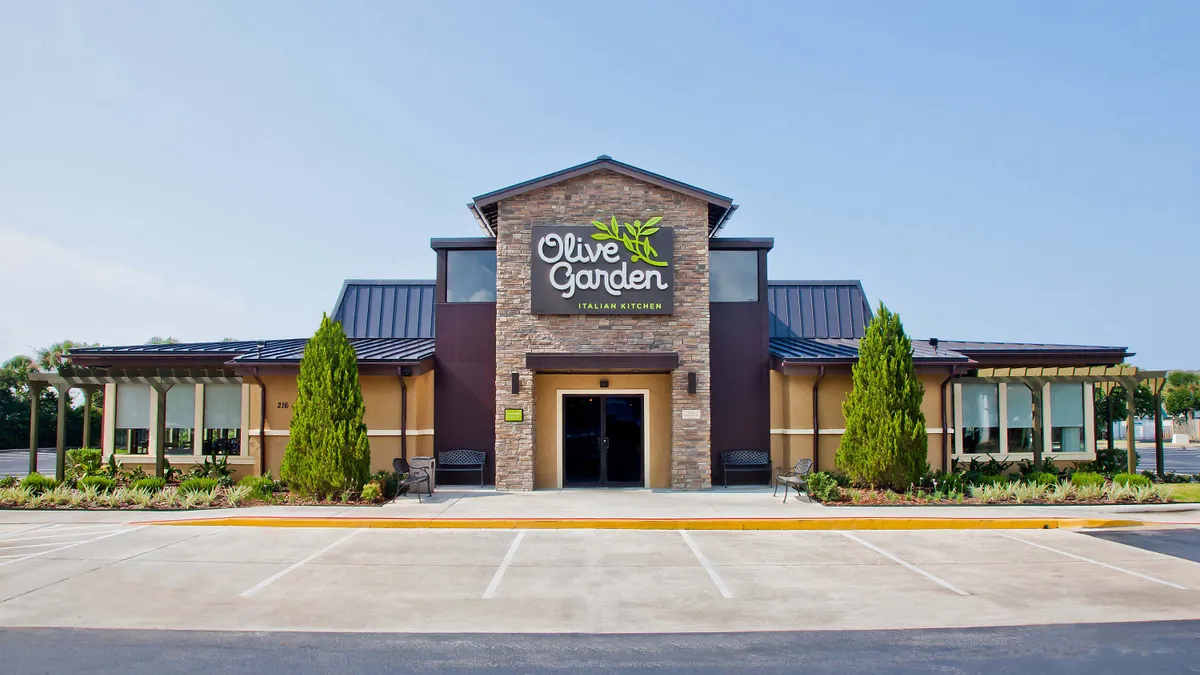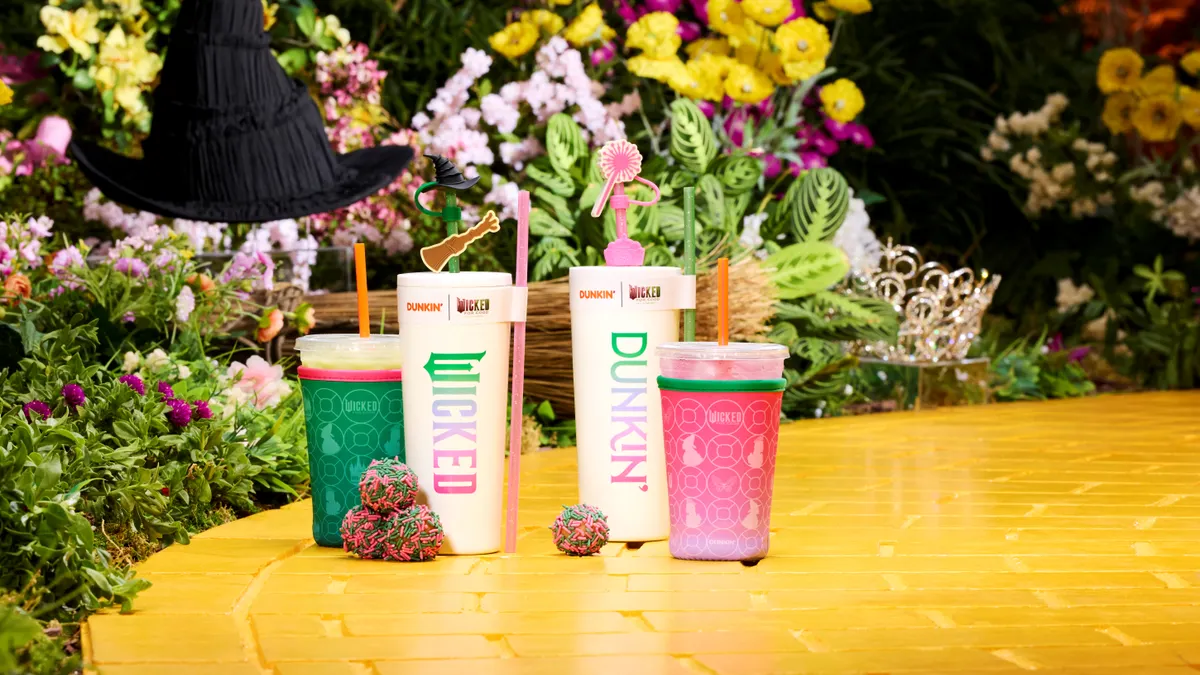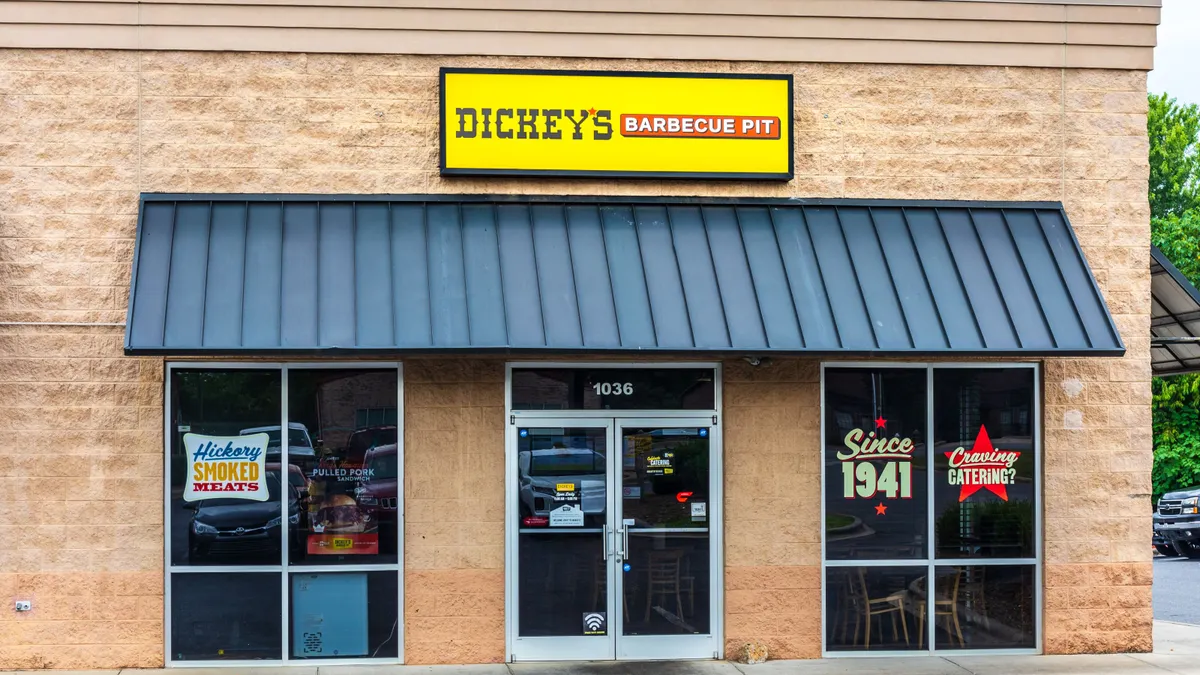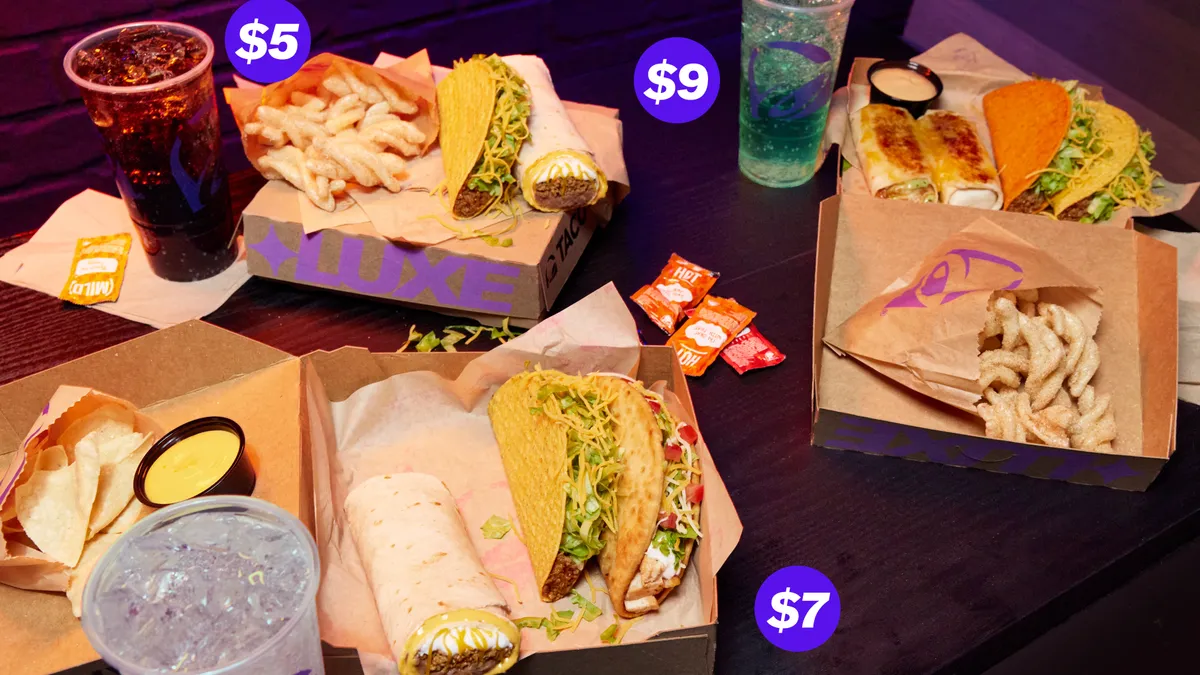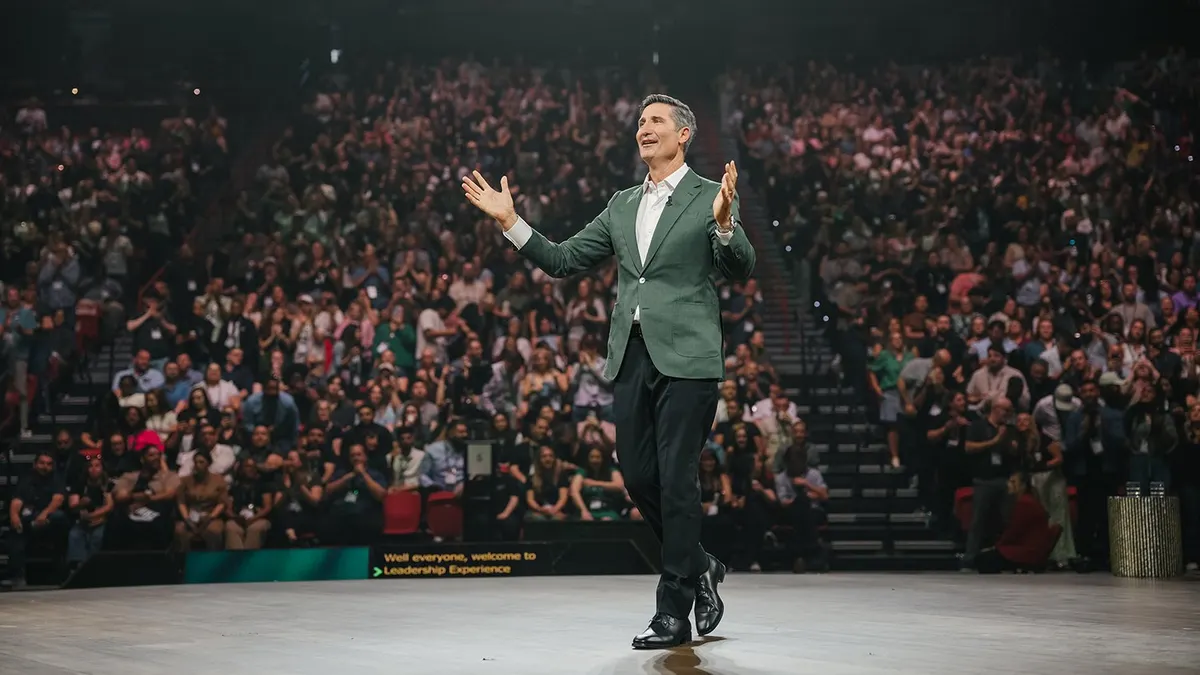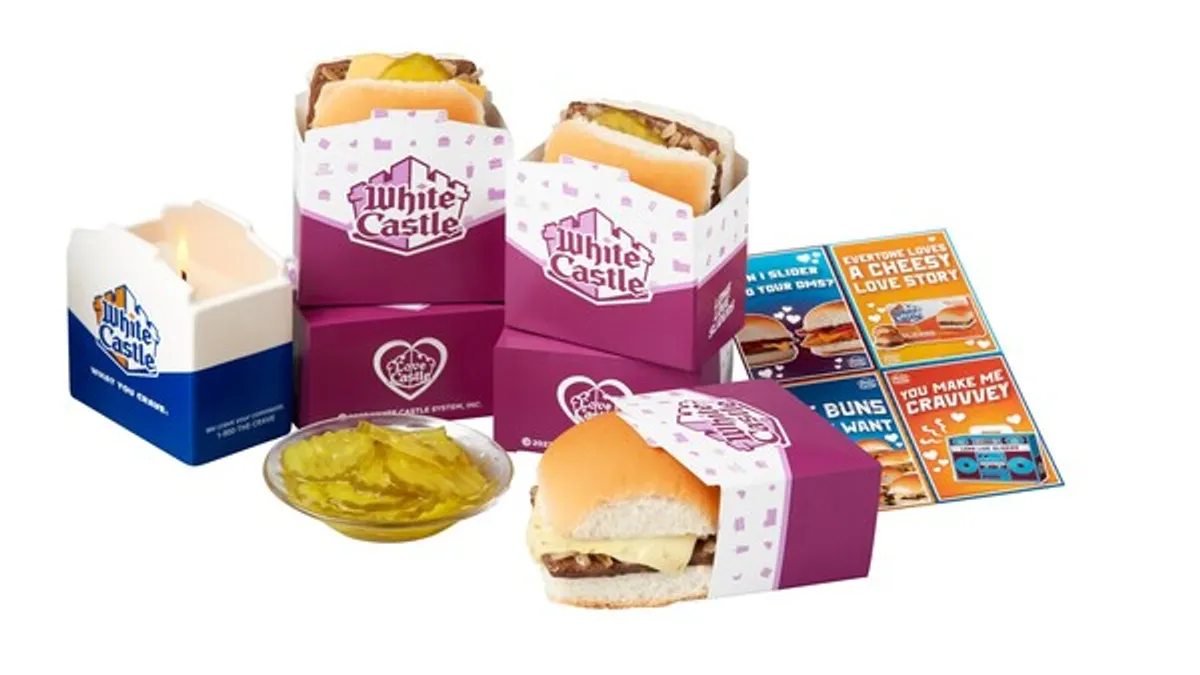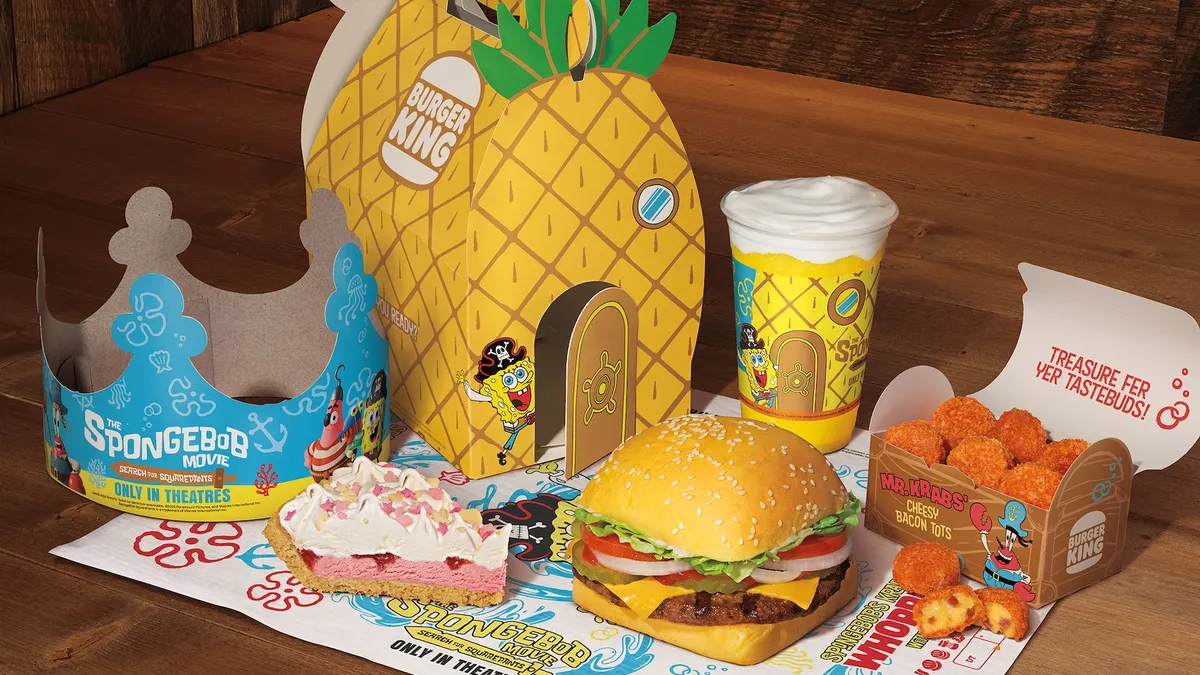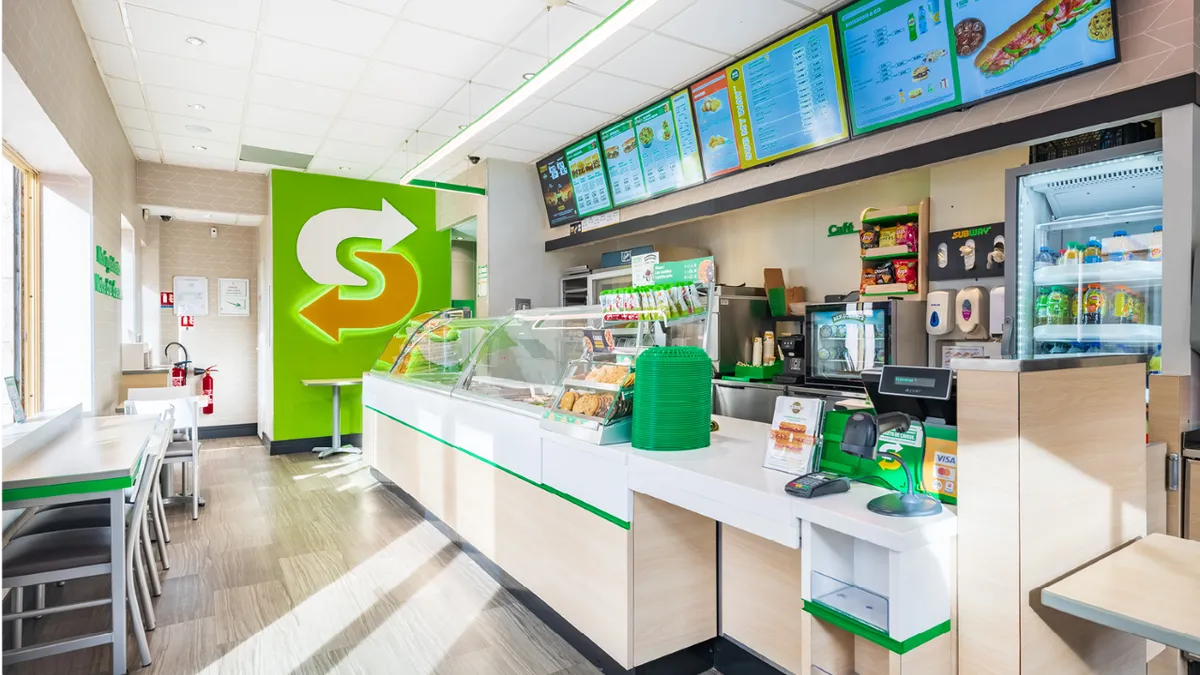Something strange has been happening in the coffee sector lately. Legacy brands like Starbucks are facing considerable consumer pushback over pricing — serious enough in Starbucks’ case to warrant a thorough brand overhaul. But at the same time, up-and-coming chains are thriving.
“Clearly a lot of the legacy brands are in some challenges,” Nicholas Stone, founder and executive chairman of Bluestone Lane, said during an interview at the National Restaurant Association Show in Chicago last month.
Consumers look for experiential coffee occasions
One reason for this trend, in Stone’s telling, is that many large chains have pulled back from coffee. Instead, these brands are focusing on refreshers, energy drinks and other beverages — a diagnosis resembling that offered by Starbucks CEO Brian Niccol’s.
Smaller brands like Bluestone, Stone said, offer a more premium, coffee-centric experience. Bluestone has over 50 locations across the country.
“I don't see that demand for more premium coffee going anywhere,” Stone said. “They offer an affordable luxury experience, and I think that they are benefiting from some trading down that's going on.”
Stone said consumers are pulling back on full-service dinner or luxury dining and shifting their spending toward coffee-forward and brunch concepts.
Data reflects some of this analysis. Small coffee chains have seen visits grow, according to Placer.ai, and much of that growth has been concentrated in longer 10-plus minute visits, which indicates consumers are looking for something other than speed at many cafes.
Many breakfast brands are taking notice of consumer desire for premium coffee and a differentiated experience, Ashley Peeples, senior vice president of sales and marketing at Royal Cup Coffee & Tea, said at the Show.
“If you’re breakfast centric, eggs, bacon, avocado, coffee is really core to your menu,” Peeples said. “[Consumers] don’t want the same coffee as next door, and they want their experience to be a standout experience.”
Stone, during a panel conversation, said the social ritual of coffee shops is an important and enduring part of Bluestone’s appeal.
Part of the experience centers around indulgent flavors, said Melissa Mackay, senior vice president of marketing and insights at Westrock Coffee.
“The traditional top three [coffee flavors] of course are always vanilla, mocha and caramel. Swap, in third place, for hazelnut and caramel,” Mackay said.
One reason for these persistent flavors is the fact that coffee’s taste can be difficult to blend with new trending, global flavors, like Yuzu and Ube, or light flavors like green tea. All of those flavors have become increasingly popular in the refresher beverage category, which often involves a tea-base, Mackay said.
“Coffee is tricky. It leans a little more indulgent flavor-wise,” Mackay said. “That’s when you get into the heavier dairies, or a flavor that can be heavily sweetened. That’s where coffee plays a little bit better.”
Mackay said larger chains have done well at adapting to refreshers, which might explain why smaller brands have leaned into experiential, coffee-forward fare and longer visits as a point of differentiation.
Matcha and cold brew are strong opportunities for coffee shops
While coffee is core to Bluestone Lane’s identity and experience, the brand doesn’t shy from embracing other flavors and drinks that mesh well with its brand. One such flavor is matcha, which Stone said was not new, but continues to be a place where brands can innovate in flavors and in cold platforms.
“We’ve had matcha on our menu for eight-plus years now, it just seems the innovation in matcha is unrelenting,” Stone said. “The amount of different flavors with matcha is crazy. We’re running three at the moment.”
Bluestone Lane is seeing strong performance with white chocolate, banana cream and strawberry cheesecake matchas, which Stone said are not as sugary as one might expect. Bluestone Lane’s matcha drinks are often iced, in keeping with longstanding consumer trends toward cold beverages.
Peeples said he doesn’t expect cold brew to become less influential — younger consumers who have grown up in a coffee market dominated by cold brew are starting to come of age. There’s been some erosion in hot coffee demand in the morning daypart, Peeples said, offset by afternoon demand for cold brew.
This could lead to more demand for upscale cold brew items at restaurants in lunch, snack and even dinner dayparts, Peeples said. Operators could keep up with that demand by ensuring they have the ability to add flavors to cold brew.
“That same person in a younger generation that's not drinking hot coffee is also, a lot of times, not drinking a carbonated beverage,” Peeples said. “So if you don't have an option like cold coffee, which is what they want, they're drinking water.”


